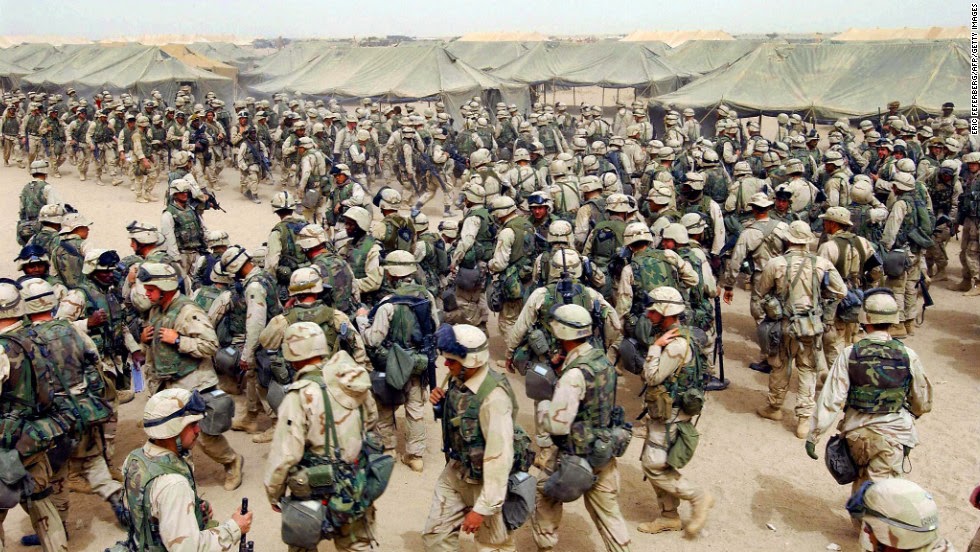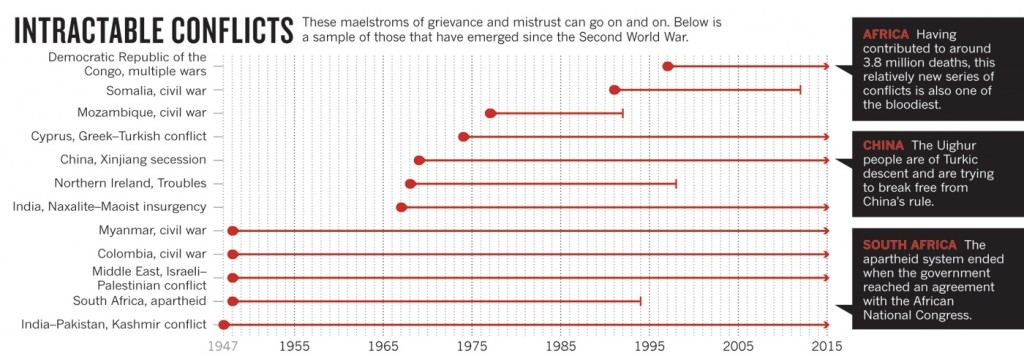March 14, 2015 – Today is a significant day for pie lovers because it is “Pi” day. Represented by the 16th letter of the Greek alphabet, Pi equals 3.14…….the ratio of the circumference of a circle to its diameter. And March 14 equals 3.14. Therefore those who celebrate esoteric math formulae eat a slice of pie on this day. Since I’m in Florida “Key Lime” will be my pie of choice.
But to other issues. Back in the early 1990s I worked with an American company that was focused on creating a different kind of mathematical model. The goal was to create a conflict resolution instrument based on econometric modeling. The mathematical formulae were contained within a Lotus-123 spreadsheet.
The model was used to predict the best strategy for dealing with a geopolitical tete-a-tete, an election, a strike….almost any event where multiple players had a strong or weak vested interest in the outcome.
I was part of a team that interviewed key individuals and players and recorded the answers posed to them within the spreadsheet. The model would then assess the responses and calculate the optimal expected result.
I remember using it to predict the outcome of the Quebec referendum on independence in 1995 in which the “no” side barely won. The model indicated the difference between “yes” and “no” by one percentage point. That was the final tally.
Twenty years have passed and modelling conflicts remain a challenge to this day. In the latest research those who study intractable disputes are once again developing complex computational models to help visualize them and determine potential paths to resolution. The models are designed to capture the dynamics of conflicts through simulations using digital agents which mimic human behaviours within those vested within the disputes. The agents are fluid, changing their positions on issues within the conflict over time just like those in real life. Within the larger conflict small disputes escalate and then die down. When you read about the modelling it sounds like a video game but, of course, the end result is to try and resolve disputes without blasting the enemy to kingdom come.
The graphic below lists some of the more significant “intractable conflicts” plaguing the world today. Some like the Kashmir dispute between India and Pakistan and the Israel-Palestine conflict have been going on since the 1940s. Some have resolved after decades and centuries of turmoil – notably South Afrmica and Northern Ireland.
Two hotbeds of conflict resolution research are George Mason and Florida Atlantic University. Dean Pruitt at the former and Robin Vallacher and Andrzej Nowak at the latter have developed computer models that explain how a conflict escalates to an intractable state such as that between the Palestinians and Israelis. In modelling these the researchers hope that anti-conflict interventions can be developed to make all players within a conflict begin to have a perspective that reflects how the other sees the dispute. And from this the researchers may be able to model negotiation strategies that make no present or future conflict “intractable.”










